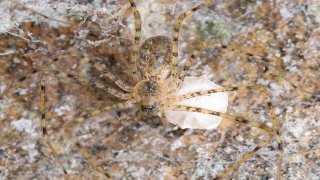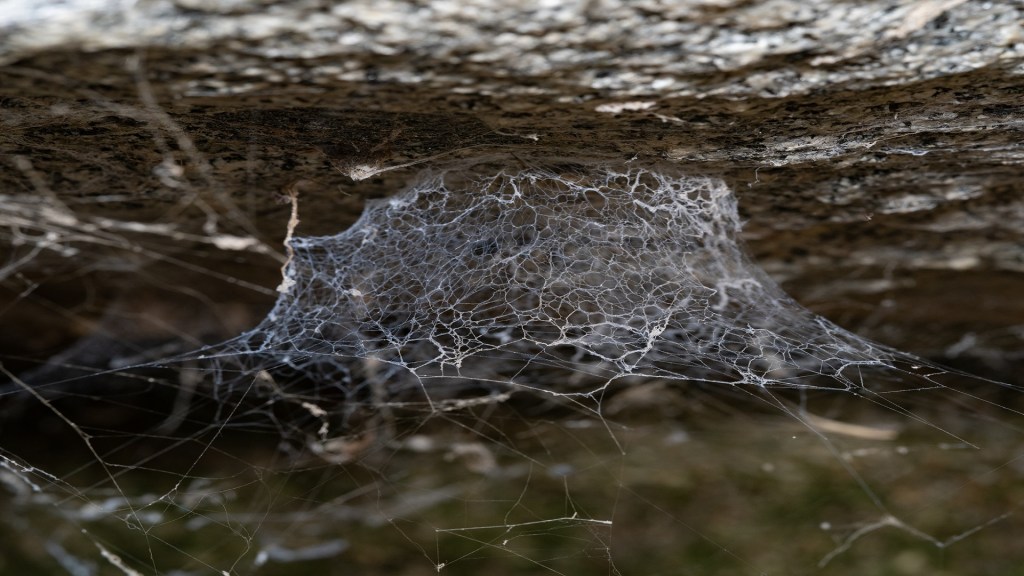
Hypochilus xomote spider on a rock in the Sierra Nevada Mountains.
A professor from San Diego State University has discovered a new spider, but locals have no need for arachnophobia: This species doesn't call San Diego home, nor is it poisonous.
Biology professor Marshal Hedin was in the Sierra Nevada on an expedition with students when they came across what is now known as Hypochilus xomote. The xomote species gets its name from the Native American Yowlumni tribal word for the south. This is because the xomote species is the southernmost Hypochilus in all of California, according to a research article by Hedin and colleagues.

This eight-legged creature is a geo-restricted spider that stays south of the Sequoia National Park in the Sierra Nevada, preferring cool humid canyon habitats and rocks; therefore they aren’t going anywhere too far south, according to Hedin.
Get top local stories in San Diego delivered to you every morning. Sign up for NBC San Diego's News Headlines newsletter.
This specific species of the Hypochilus genus is brown, orange and black, and, if you look closely, has iridescent specks with flashes of blue and green. You would need to look very closely, in fact, because the Hypochilus xomote is the size of a pencil eraser.
The Hypochilus spiders have evolved to be very resourceful with their naturally sticky lampshade-shaped webs. The shape allows for the spiders to reach past their rocks and catch prey that flies. On the other hand, Hypochilus don’t have a lot of prey to worry about. Rather, their biggest concern is climate change, according to Hedin.
The last spider of the Hypochilus genus was discovered in 1994, making this a rare discovery. The Hypochilus genus family tree goes all the way back to prehistoric times around 60-80 million years ago when other species of this spider existed, Hedin explained.
Local
Although there are many other spiders in the genus, they all have different morphology — an animal's physical structure — due to due to their different habitat locations, which is what makes the Hypochilus xomote so special. It’s a brand new species with its own unique DNA.
“They don’t move, so they become genetically different very rapidly," Hedin said. "Almost every single location is genetically unique, but their morphology doesn’t evolve."
This isn’t professor Hedin’s first major discovery.
“It’s a major component of what we do in my lab, is discover new species, so they’re everywhere," Hedin said. "I have cabinets full of them."
This discovery, though, stood out to Hedin because he’s from California, so this one hits a little closer to home. Although he’s already made major progress, there are still about 50,000 more spiders in the world that have yet to be discovered, according to Hedin.

